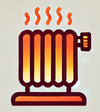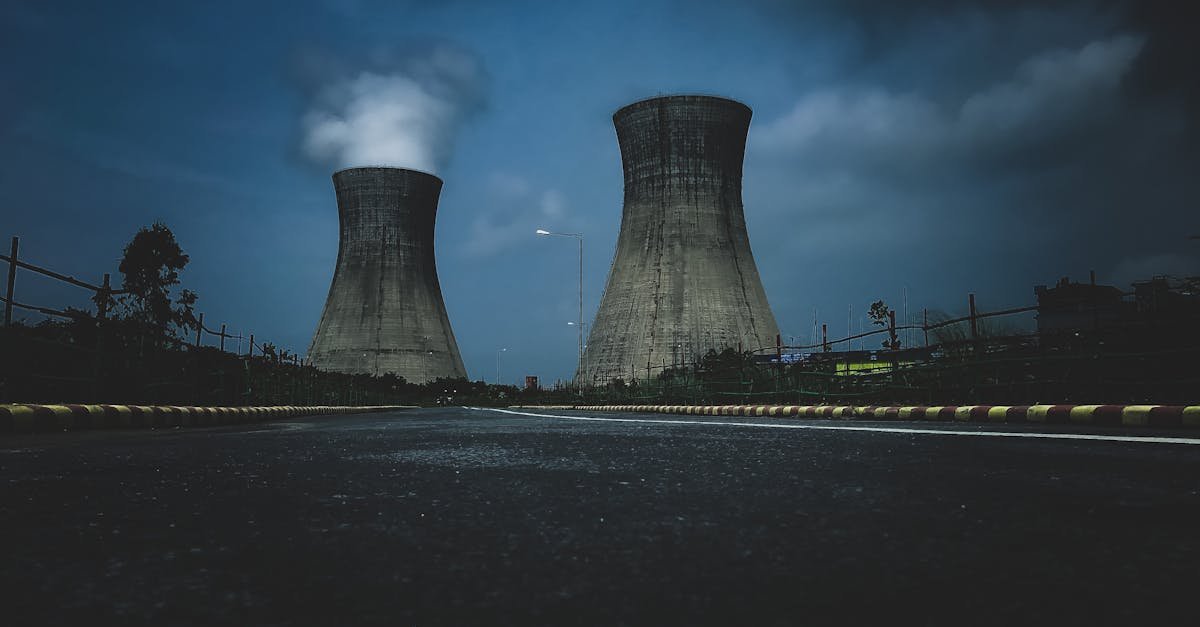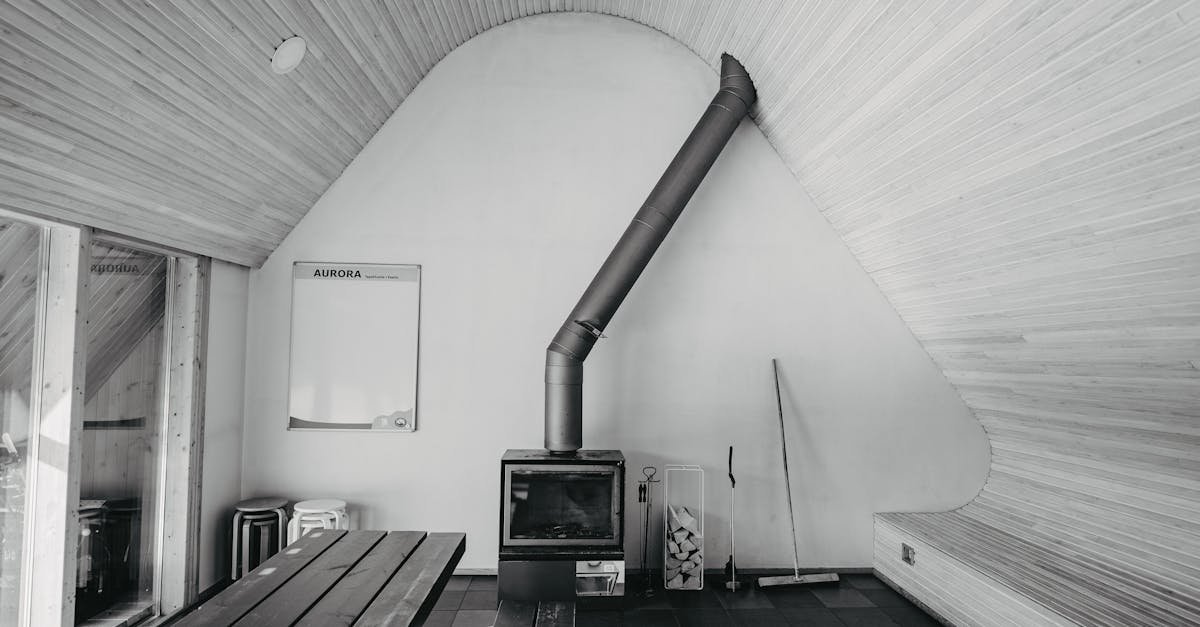Infrared heaters typically consume between 750 to 1500 watts, depending on their size and model. This means they can effectively heat a room while using less energy than traditional heating methods.
Understanding the power consumption of infrared heaters is crucial for managing your energy bills and ensuring efficient heating. By knowing how much energy your heater uses, you can make informed decisions to optimize your comfort and savings.
Understanding Infrared Heater Power Consumption
Infrared heaters offer efficient heating by utilizing electricity effectively. Understanding their power consumption helps manage costs while ensuring comfort.
What Is Infrared Heating?
Infrared heating involves warming spaces by emitting infrared radiation. This method focuses on heating solid objects, people, and surfaces. Instead of heating the air, infrared heaters warm what they touch. This direct approach minimizes energy loss, making infrared heating more efficient than convection methods. Infrared heaters convert 100% of the consumed electricity into usable heat, ensuring optimal energy use.
How Do Infrared Heaters Work?
Infrared heaters work by emitting electromagnetic waves. These waves penetrate and warm solid objects like floors and furniture. The key features of infrared heater operation include:
- Direct Radiant Heating: This method warms objects instead of air, reducing heat loss.
- Quick Heat Transfer: Infrared waves deliver heat instantly, warming you without delay.
- Energy Efficiency: Infrared heaters use less energy, making them cost-effective while providing comfort.
By understanding how infrared heaters function, you can make informed decisions about their energy consumption and benefits.
Factors Influencing Power Consumption
Several factors affect the power consumption of infrared heaters. Understanding these elements helps you optimize energy use and manage costs effectively.
Heater Size and Wattage
Heater size and wattage play critical roles in power consumption. Infrared heaters range from 200 watts for smaller models to 1200 watts or more for larger units. A higher wattage means greater electricity usage. For example, a 200W panel costs about 5p per hour to run. In contrast, a 1200W panel can cost around 32p per hour. Choosing the right wattage for your space ensures efficient heating without excessive energy costs.
Usage Duration and Frequency
Usage duration and frequency significantly influence overall power consumption. Running an infrared heater longer or more often increases energy use. For instance, operating a 200W panel for 8 hours a day costs about 40p daily. Running a 1200W panel for the same duration raises the daily cost to around £2.56. Monitoring daily usage patterns enables you to minimize expenses while maintaining comfort in your living space.
Comparing Infrared Heaters to Other Heating Methods
Infrared heaters shine when compared to traditional heating methods. They consume less energy, making your space more comfortable without driving up energy bills.
Efficiency of Infrared Heaters
Infrared heaters work by emitting electromagnetic waves that directly warm objects and people. This method targets your living space efficiently. Unlike convection heaters, they do not waste energy by heating the air, which can drift and escape. For instance, a 600W infrared panel can produce the same warmth as a 1500W convection heater. This energy-efficient design means less power is needed, translating to significant savings on your energy consumption.
Cost-Effectiveness Over Time
Investing in an infrared heater pays off in the long run. Even though a potentially higher purchase price, lower energy use reduces monthly bills. With savings averaging around 60% when compared to traditional models, your upfront expense diminishes quickly. If you calculate the running costs for different wattages, you’ll see that choosing a well-suited infrared heater eventually leads to cost savings. Regular use combined with efficient functionality results in a smart addition to any home heating strategy.
Tips for Reducing Power Consumption
Reducing power consumption with infrared heaters is achievable through strategic settings and regular maintenance. Here are some effective strategies.
Optimal Settings and Usage
- Choose the Right Wattage: Select a heater that fits your room size. For small rooms, a lower wattage of 200 to 600 watts often suffices. For larger spaces, consider models rated between 800 and 1200 watts.
- Use Timer Functions: Set the heater on a timer to operate only when needed. This setup prevents unnecessary energy use and keeps your space comfortable.
- Adjust Temperature Settings: Use thermostat settings. Maintaining a comfortable yet moderate temperature reduces energy use while providing warmth.
- Limit Usage to Key Areas: Focus heating on rooms in use. Redirect heat to frequently occupied spaces instead of heating the entire home.
- Clean Air Filters: Regularly clean or replace air filters. Clogged filters reduce efficiency and force the heater to work harder, increasing energy use.
- Inspect Connections and Wiring: Check connections and wiring for wear. Loose or damaged parts can lead to energy waste.
- Seal Drafts: Inspect doors and windows for drafts. Proper sealing minimizes heat loss, allowing your heater to work efficiently.
- Schedule Annual Maintenance: Have a professional inspect your infrared heater each year. Regular maintenance extends the heater’s life while boosting efficiency.
Implementing these tips leads to reduced power consumption and optimal performance of your infrared heater.
Conclusion
Understanding infrared heater power consumption is key to optimizing your heating strategy. By selecting the right wattage and employing smart usage habits, you can enjoy a warm and comfortable space without very costly.
Infrared heaters offer a unique advantage by converting electricity directly into heat with minimal energy loss. This efficiency not only enhances comfort but also leads to significant savings over time.
By following the practical tips outlined, you can further reduce your energy costs while maximizing the benefits of your infrared heater. Embrace this efficient heating solution and enjoy a cozy environment all season long.








